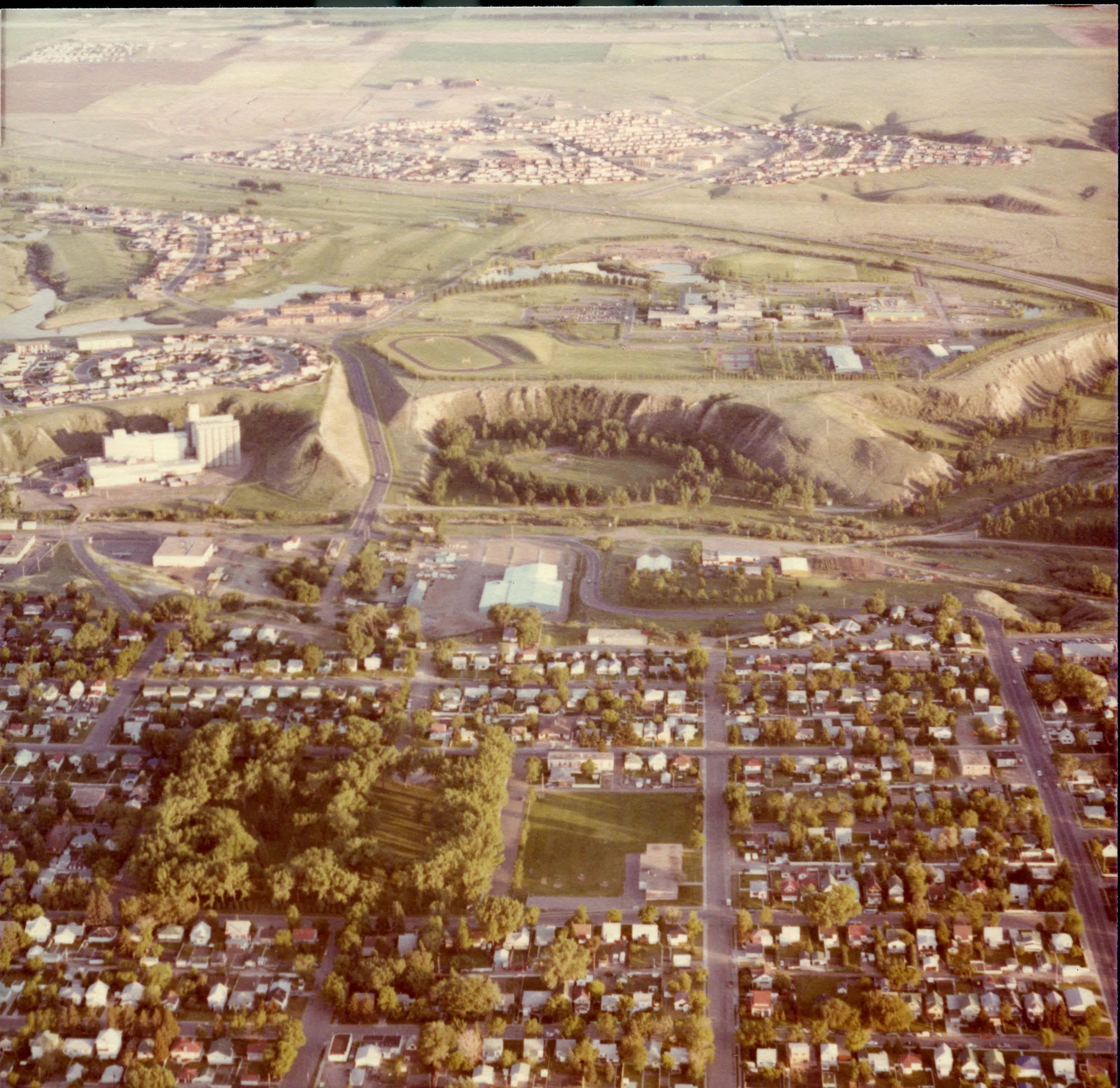
Photographer donates thousands of negatives to Esplanade Archives
MEDICINE HAT, AB — Frank Webber spent decades capturing the history of Medicine Hat through his camera, showcasing the people who helped make the city what it is today, and highlighted its growth over the years.
Now, he has donated tens of thousands of negatives he photographed over the years to the Esplanade Archives, with the aim of preserving the past for future generations.
Webber, 77, got interested in photography while working on the yearbook as a high school student in Irvine.
